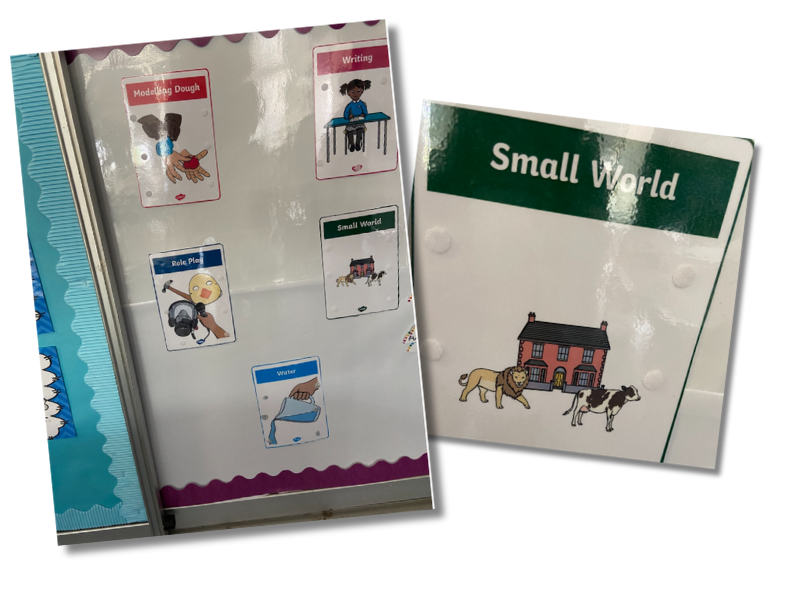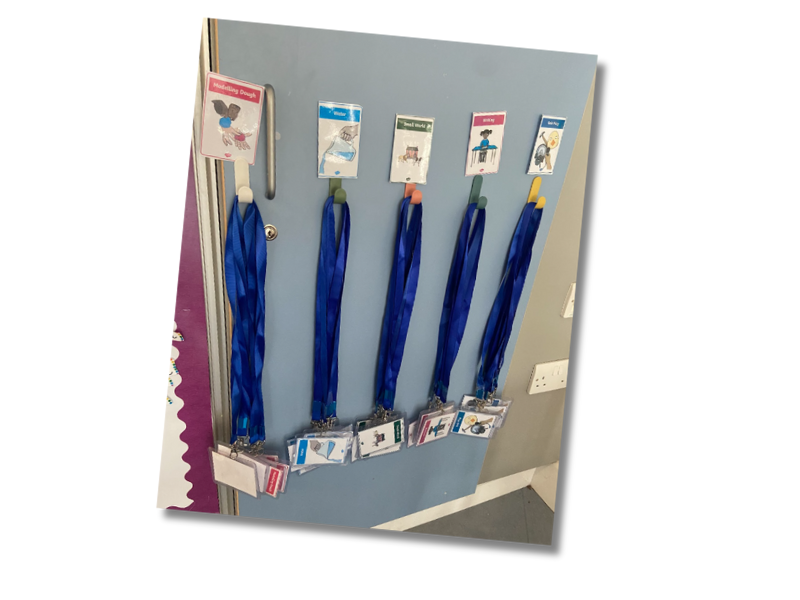There has been plenty of chatter and change around play and its re-examined place in our classrooms recently. As teachers, we’re constantly evolving and adapting our classrooms and our delivery of teaching to improve practice but it can be difficult to keep up to date with changes while keeping an eye on everything else. Here is how I’ve been coping.
Understand the purpose
From Junior Infants up to 6th Class, there’s a place for play – it is one of a child’s most natural states. We’ve known how valuable play is as far back as Vygotsky and his research into how a child reaches their best learning through their own findings during play. We also see it in our classrooms almost every day. Play allows each individual access to learning at their own level during play, whether this be teacher led play or child led play.

In incorporating the new guidelines into my own Senior Infant room, I chose, this term, to put an emphasis on choice in play, especially during our play time at the end of the day. Some colleagues in my school call it ‘Am Spraoi’, others call it ‘Free Play’, whatever you choose, the name is completely up to you.
Planning ‘Am Spraoi’
Whilst the children are washing their hands at breaktime, I toss a dice onto each table. During the wait time to wash their hands, the children pass the die around. Whatever side their die lands on, there is a question surrounding what they’re going to play with today and why. Some sides also include a reflection on yesterday’s play. I use this opportunity to supervise handwashing and make observations around the children’s point of view regarding play for that week.
After washing their hands, the children go up to our play notice board and place their name at the station/area that they are going to play at on that day. The stations are changed weekly depending on the theme being covered. They range from role play, sand play, water play, construction, library time (with themed picture books), arts and crafts, playdough, etc.

Groups that wash their hands are changed everyday so that every table get a chance to have the first choice every week. I use name tags on pieces of velcro and have little dots of velcro on my station pictures for that week. I chose to have a ‘magic number’ of 6 at a station to avoid overcrowding and allow the station to remain well equipped.
When it comes to that time of the day, the children pick up a lanyard for the station/play area that they chose. The lanyards allow both myself and the child to have a clear view at any time who is playing where and how many spaces are left without having to check the board.

Engagement through agency
The boys and girls have the choice available to them to change stations, if they so wish, but they must try their first station for at least 5 minutes. We made this decision as a class at the beginning of the year. This allows them to try the station and remain with it in terms of attention and focus before fleeting off to another.
From my experience, I have found that many of the children have really enjoyed having the autonomy to change area themselves without having to ask or be stuck at a station that they have no interest in.
Setting the ground rules
At the beginning of the year, we had (a few!) discussions around safety and respect during play time in regards to each other, the space we are using and the toys we use. We also modelled together as a class, if one decides to leave a station that they would tidy up the bits they have used or give them to someone else.
It can take a little time to get used to and to iron out any creases or snags but as a whole I’m pleased with how it’s running in my room so far. The children play happy and often chat about what they’re going to play with throughout the day. I find that using the handwashing time for discussion a big help as it allows them to have their chatter together and plan their play.
Evaluating and reviewing play activities
When the section of the the day for play is finished and everything is collaboratively tidied away, we spend a little bit of time discussing;
- what we played with,
- why we played this,
- who we played with,
- what we created,
- what language we used at the station,
- if we played it before, etc.
I take notes during this portion from time to time in a play journal with a tab for each child and I have found it interesting and useful to look back on. This discussion is beneficial to both myself and the kids in many ways. On days when it is needed, it can act as a collaborative conflict resolution circle and allows me to facilitate relationships among the children through modelled restorative practice.
There are certainly many other elements in the new play guidelines for our classrooms. I’ve chosen to focus on choice for now and intend to move onto other elements as the year moves on.
This is just a snippet from a Senior Infant Teacher’s perspective – how do you work it in your classroom? I would love to hear insights into how it is working on older classes too.

Leave a Comment